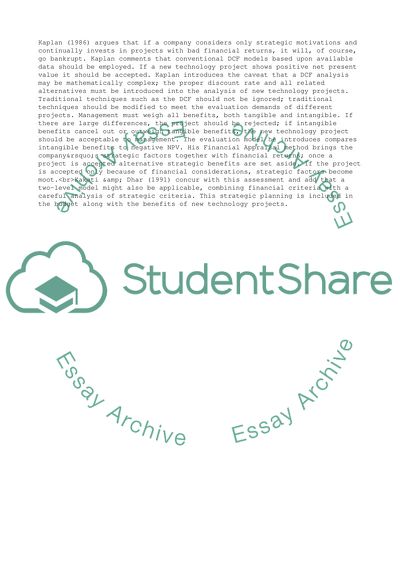Cite this document
(Strategic Models Based on Management and Accounting Dissertation, n.d.)
Strategic Models Based on Management and Accounting Dissertation. Retrieved from https://studentshare.org/management/1726746-strategic-models
Strategic Models Based on Management and Accounting Dissertation. Retrieved from https://studentshare.org/management/1726746-strategic-models
(Strategic Models Based on Management and Accounting Dissertation)
Strategic Models Based on Management and Accounting Dissertation. https://studentshare.org/management/1726746-strategic-models.
Strategic Models Based on Management and Accounting Dissertation. https://studentshare.org/management/1726746-strategic-models.
“Strategic Models Based on Management and Accounting Dissertation”, n.d. https://studentshare.org/management/1726746-strategic-models.


